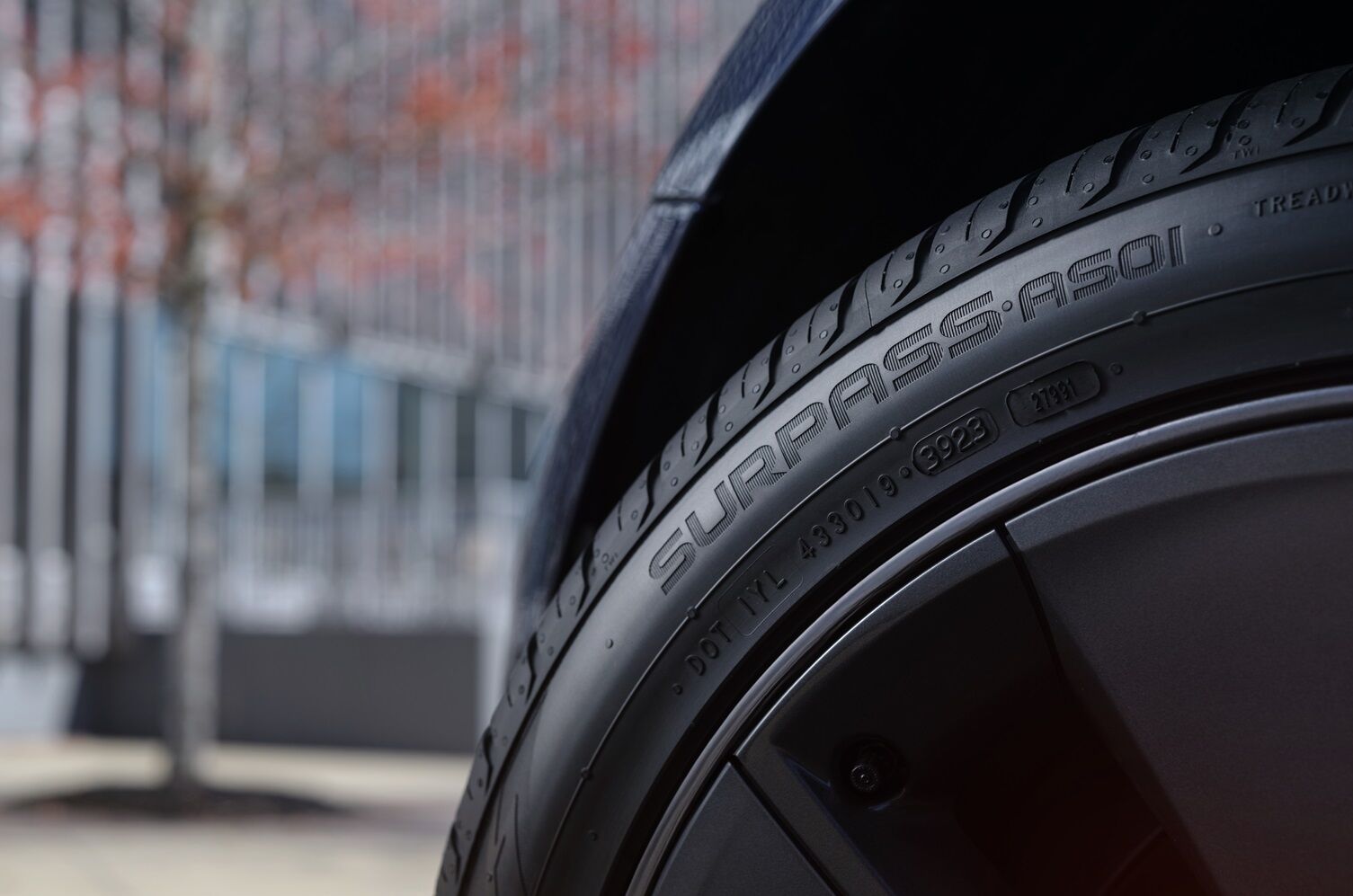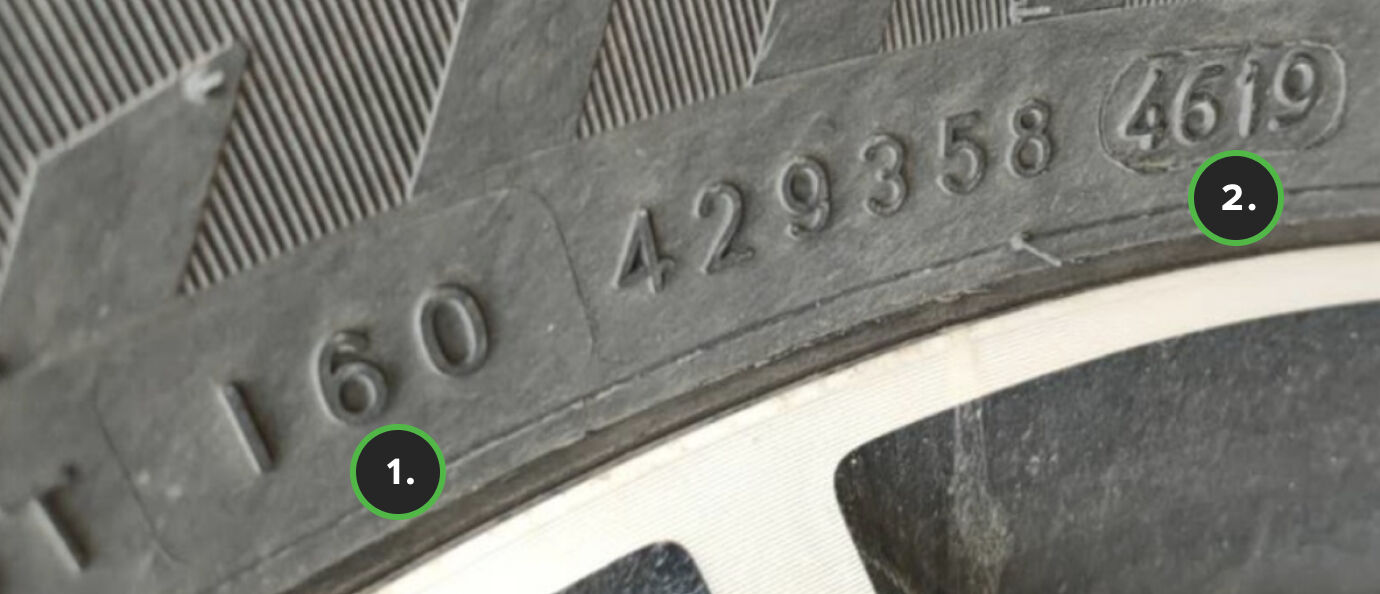
When shopping for tires, you may notice an alphanumeric sequence known as the DOT code, short for Department of Transportation code. It serves as a crucial identifier for tire safety, manufacturing details, and age.
The sidewall of a tire offers a lot of information. That includes your tire’s size, whether it’s certified for winter driving, and the country where it was produced.
But there’s one series of numbers and letters that’s a little harder to interpret.
When shopping for tires, you may notice an alphanumeric sequence known as the DOT code, short for Department of Transportation code. It serves as a crucial identifier for tire safety, manufacturing details, and age. Understanding this code can help you make informed decisions about tire purchases, maintenance, and replacements.
What is a DOT Code?
The DOT code, also referred to as the Tire Identification Number (TIN), is a unique identifier assigned to every tire manufactured for sale in the United States. It provides essential information about the tire’s manufacturer, production location, and date of manufacture.
The DOT code typically consists of 10 to 13 characters, beginning with the letters "DOT", followed by a combination of numbers and letters. Each segment of the code conveys specific details:
- Manufacturer and Plant Code: The first two or three characters indicate the factory where the tire was produced. For Nokian Tyres’ factory in Dayton, Tennessee, that code is 03B. If you see “03B” or “Made in USA” on the sidewall of a Nokian Tyres product, you can trust that it was made with care at one of the most advanced tire factories in the world, our North American tire production facility.
- Tire Size Code: The next set of characters represents the tire’s specifications, though this part is primarily used for internal tracking by manufacturers.
- Date Code: The last four digits reveal the week and year of manufacture. For example, a code ending in "0325" means the tire was made in the third week of 2025.

Why is the DOT Code Important?
The DOT code is more than just a string of numbers; it plays a vital role in tire safety and recalls. Knowing the age of a tire is crucial, as rubber degrades over time. Experts recommend replacing tires that are six to ten years old from the date of manufacture, even if they appear to be in good condition.
The DOT code is also the key to registering your tires on the Nokian Tyres website. You’ll need the code to unlock the benefits of registration, which include timely information about products and potential recalls. We encourage every Nokian Tyres customer to register their tires.

Why ‘03B’ Makes Us Proud
We’re proud of the 03B factory code, because it stands for our growth in North America. The symbol reminds us that the majority of tires we sell in the United States and Canada come from our regional home in Dayton, Tennessee. From the Dayton Factory, we ship millions of tires every year that find their way to tire shops from Florida to Fremont, Arizona to Acadia.
Even better, our production presence in North America enables us to tailor products to the unique demands of North American roads. The latest generations of our all season and all weather tires come with a Pothole Protection Warranty. They’re infused with puncture-resistant Aramid fibers. And they prioritize other properties that meet the demands of American and Canadian drivers, such as long tread life, durability, and the versatility to provide peace of mind in unpredictable weather.
What’s in a code? When it comes to a DOT code – quite a bit! Especially when it comes to that factory code.
Please remember that it is the driver’s responsibility to ensure their tires are safe and suitable for their vehicle and to follow the vehicle’s manufacturer´s guidelines for proper use and maintenance. Consult your closest Nokian Tyres dealer or your vehicle’s manufacturer for specific advice.


